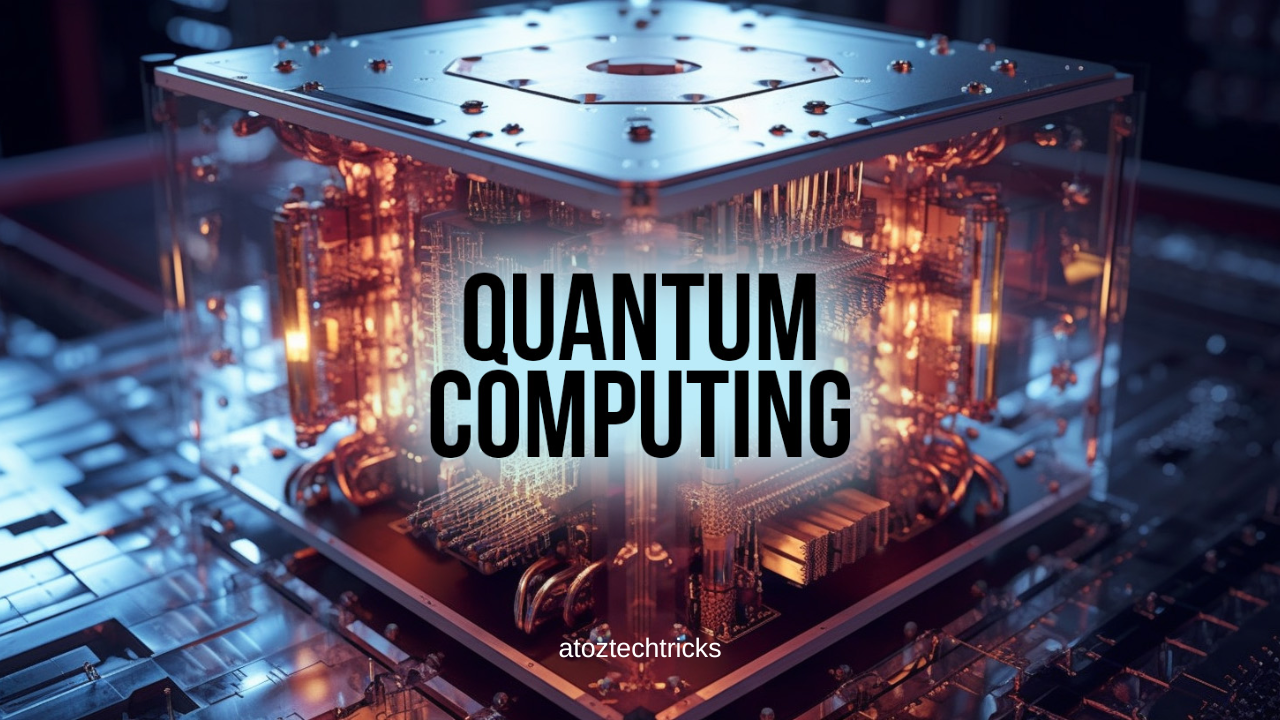Discovering the Limitless Possibilities: The Role of Robotics in Space Exploration
Space exploration is one of humanity’s most ambitious endeavours, pushing the boundaries of our knowledge and capabilities. As we venture farther into the cosmos, robotics plays a crucial role in expanding our reach and enhancing our understanding of space. This article delves into the transformative potential of robotics in space exploration, highlighting their current applications, future possibilities, and the challenges that must be overcome.
1. Introduction to Space Robotics
Robotics in space exploration involves the use of robots to perform tasks in environments that are either too hostile or too distant for humans. These robots range from simple probes to sophisticated autonomous rovers. Their roles include data collection, environment assessment, and even construction of space infrastructure.
2. Current Applications of Robotics in Space Exploration
2.1 Robotic Probes and Satellites
Robotic probes have been pivotal in our exploration of the solar system. The Voyager probes, launched in 1977, have provided invaluable data about Jupiter, Saturn, Uranus, and Neptune. These probes have travelled beyond the solar system, sending back information about the interstellar medium.
Satellites, another form of space robotics, are essential for Earth observation, weather forecasting, and communication. Advanced satellites equipped with robotics can repair themselves or alter their orbits to extend their operational lifespans.
2.2 Mars Rovers
The Mars rovers, such as Spirit, Opportunity, Curiosity, and Perseverance, are among the most notable robotic explorers. These rovers have provided detailed analyses of Martian geology, searched for signs of past life, and tested new technologies for future human missions. For instance, the Perseverance rover is equipped with advanced instruments for searching for signs of ancient microbial life and collecting soil samples.
2.3 Space Telescopes
Space telescopes like the Hubble Space Telescope are robotic, designed to operate autonomously or with minimal human intervention. They provide unparalleled views of distant galaxies, nebulae, and other celestial phenomena, greatly expanding our understanding of the universe.

3. Emerging Technologies in Space Robotics
3.1 Autonomous Systems
Autonomous systems are revolutionizing space exploration by allowing robots to perform tasks with minimal human oversight. Advances in artificial intelligence (AI) and machine learning enable robots to analyze data, make decisions, and adapt to new situations in real time. For instance, autonomous spacecraft can adjust their trajectories and perform complex manoeuvres without waiting for instructions from Earth.
3.2 Swarm Robotics
Swarm robotics involves deploying multiple small robots that work together to accomplish tasks. In space, this technology can be used for tasks such as constructing large space structures or conducting distributed scientific experiments. Swarm robots can communicate with each other to coordinate their actions, increasing efficiency and flexibility.
3.3 Robotic Construction and Assembly
Robotic construction and assembly are crucial for building and maintaining space infrastructure. Robotic systems can be used to assemble large space structures, such as space stations or telescopes, in orbit. The use of robotics in construction minimizes the need for human presence in space, reducing risk and cost.
Government Regulations and Policies Surrounding Biotechnology Research and Development
4. The Role of Robotics in Future Space Missions
4.1 Exploration of the Moon
Robotics will play a central role in the exploration and utilization of the Moon. The Artemis program, led by NASA, aims to establish a sustainable presence on the Moon by the late 2020s. Robotic systems will be used for tasks such as resource mapping, habitat construction, and scientific research. Lunar rovers and landers will help explore the Moon’s surface and collect samples for analysis.
4.2 Mars Colonization
The colonization of Mars is one of the most ambitious goals in space exploration. Robotics will be essential for preparing the Martian environment for human settlers. Robotic systems will be used to build habitats, extract resources, and create infrastructure before human missions arrive. For example, robots could be employed to produce oxygen and water from Martian resources, making the planet more habitable.
4.3 Asteroid Mining
Asteroid mining presents an opportunity to harvest valuable resources from space. Robotics will be crucial for locating, landing on, and mining asteroids. Autonomous mining robots can extract materials, process them, and return them to Earth or use them to support other space missions. This technology could revolutionize resource acquisition and support long-term space exploration.

5. Challenges and Limitations
5.1 Technical Challenges
Robotics in space exploration faces numerous technical challenges. Space environments are harsh and unpredictable, with extreme temperatures, radiation, and microgravity affecting robot performance. Designing robots that can withstand these conditions and operate reliably over long periods is a significant challenge.
5.2 Communication Delays
Communication between Earth and distant space missions involves significant delays. For missions to Mars or beyond, signals can take several minutes or even hours to reach their destination. Developing autonomous systems that can operate effectively without real-time input from Earth is crucial for overcoming this challenge.
5.3 Cost and Complexity
The development and deployment of space robotics are costly and complex. Designing, testing, and launching robotic systems require significant financial investment and technical expertise. Reducing the cost of space robotics and making them more accessible will be essential for expanding their use in space exploration.
6. The Future of Space Robotics
6.1 Human-Robot Collaboration
The future of space exploration will likely involve closer collaboration between humans and robots. While robots will continue to perform many tasks autonomously, human oversight and intervention will be crucial for ensuring mission success. Developing effective ways for humans and robots to work together will be key to advancing space exploration.
6.2 Enhanced AI and Machine Learning
Advancements in AI and machine learning will further enhance the capabilities of space robots. Future robots will be able to learn from their experiences, adapt to new situations, and make complex decisions independently. These advancements will increase the efficiency and effectiveness of robotic systems in space exploration.
Biotechnology and Agriculture: Transforming the Future of Food Production
6.3 Robotic Space Habitats
Robotic systems will play a role in developing and maintaining space habitats. These habitats will serve as bases for long-duration missions and support human activities in space. Robotics will be used for tasks such as habitat construction, maintenance, and resource management, making space habitats more sustainable and self-sufficient.
The potential for robotics in space exploration is vast and transformative. From robotic probes and satellites to advanced autonomous systems and swarm robotics, these technologies are revolutionizing our ability to explore and understand the cosmos. As we look to the future, robotics will play a crucial role in expanding our reach, supporting human missions, and paving the way for discoveries.
Despite the challenges, the continued development and deployment of space robotics hold great promise. By addressing technical challenges, overcoming communication delays, and managing costs, we can unlock new possibilities for space exploration. The collaboration between humans and robots will be essential for achieving our ambitious goals and exploring the universe’s final frontier.





Post Comment